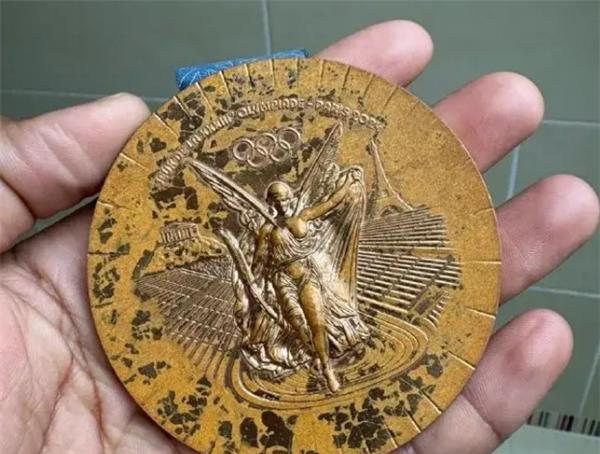Paris Olympics Medal Deterioration Crisis
About 100 medals from the 2024 Paris Olympics were returned by athletes due to rapid deterioration and oxidation issues, prompting concerns about manufacturing quality and highlighting the contrast with previous Olympic medals.

The recent revelation about deteriorating Paris 2024 Olympic medals has sparked widespread discussion about Olympic medal manufacturing standards and quality control. The issue first came to light when American skateboarder Nyjah Huston noticed significant degradation in his bronze medal just days after receiving it. French swimmer Maxime Grousset similarly reported that his medal appeared “broken and oxidized.”
The technical explanation for this deterioration lies in the medal composition and manufacturing process. The Paris Olympic medals contain 97% copper, 2% tin, and 0.5% zinc for bronze medals, along with an embedded piece of iron from the Eiffel Tower - a symbolic addition that inadvertently contributed to the problem. Without proper anti-oxidation treatment, these metals become susceptible to environmental factors, particularly in humid conditions.
The manufacturing issues stem from several factors. The Paris Mint, responsible for producing the medals, had to adapt to new environmental regulations that prohibited certain coating materials previously used in medal production. Additionally, the design team’s emphasis on sustainability led to increased use of recycled metals, which may have compromised quality. The complex design featuring multiple textures and crevices made the medals more vulnerable to oxidation.
This situation contrasts sharply with other Olympic medals' durability. For instance, the Hangzhou Asian Games medals, containing 6 grams of gold for gold medals, underwent rigorous quality control and anti-oxidation treatment. Even ancient Olympic medals from Greece have shown better preservation than these modern counterparts.
The International Olympic Committee has promised to replace the affected medals, acknowledging the manufacturing defects. This incident raises important questions about balancing symbolic design choices with practical durability in Olympic medals, especially considering their historical and cultural significance.
The deterioration crisis also reflects broader organizational challenges in the Paris Olympics' preparation. The medals, designed by luxury jeweler Chaumet (an LVMH subsidiary) and manufactured by the Paris Mint under French National Mint supervision, represent a surprising oversight in quality control from institutions known for their craftmanship in luxury goods.
This unprecedented situation has generated significant discussion among athletes, sports officials, and the public about the standards expected from Olympic medals, which are meant to be enduring symbols of athletic achievement rather than temporary tokens of victory.